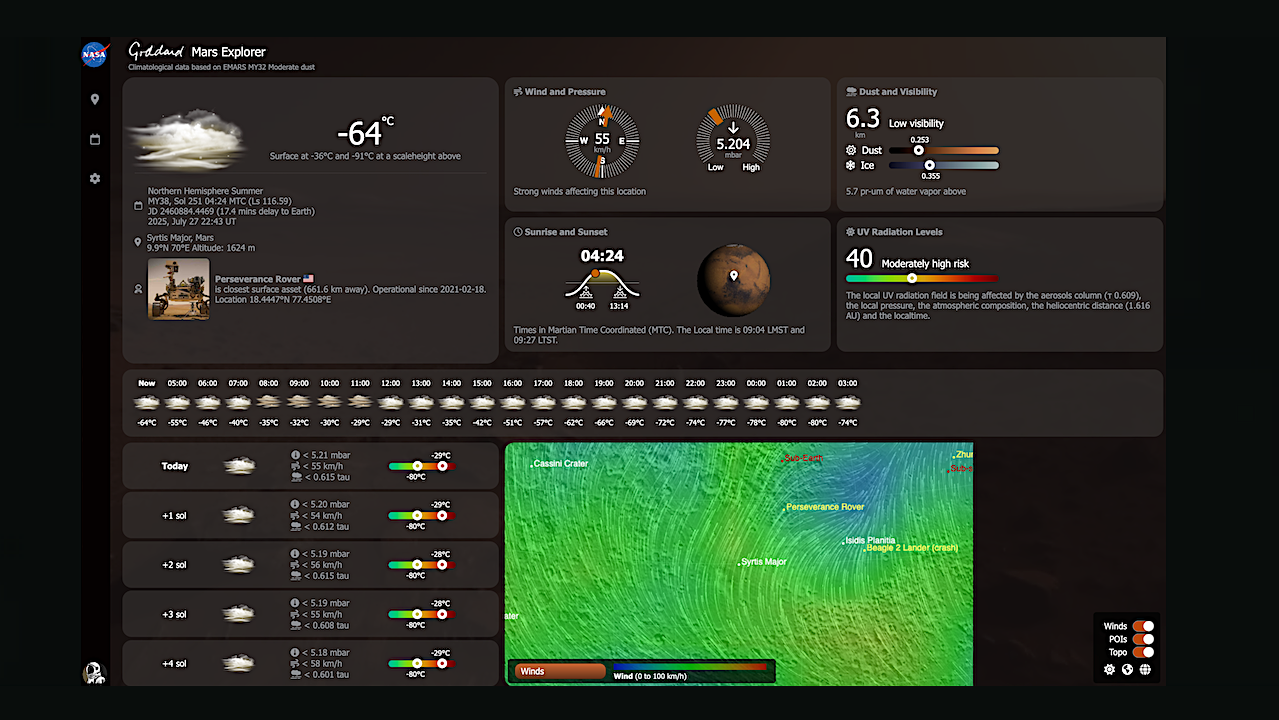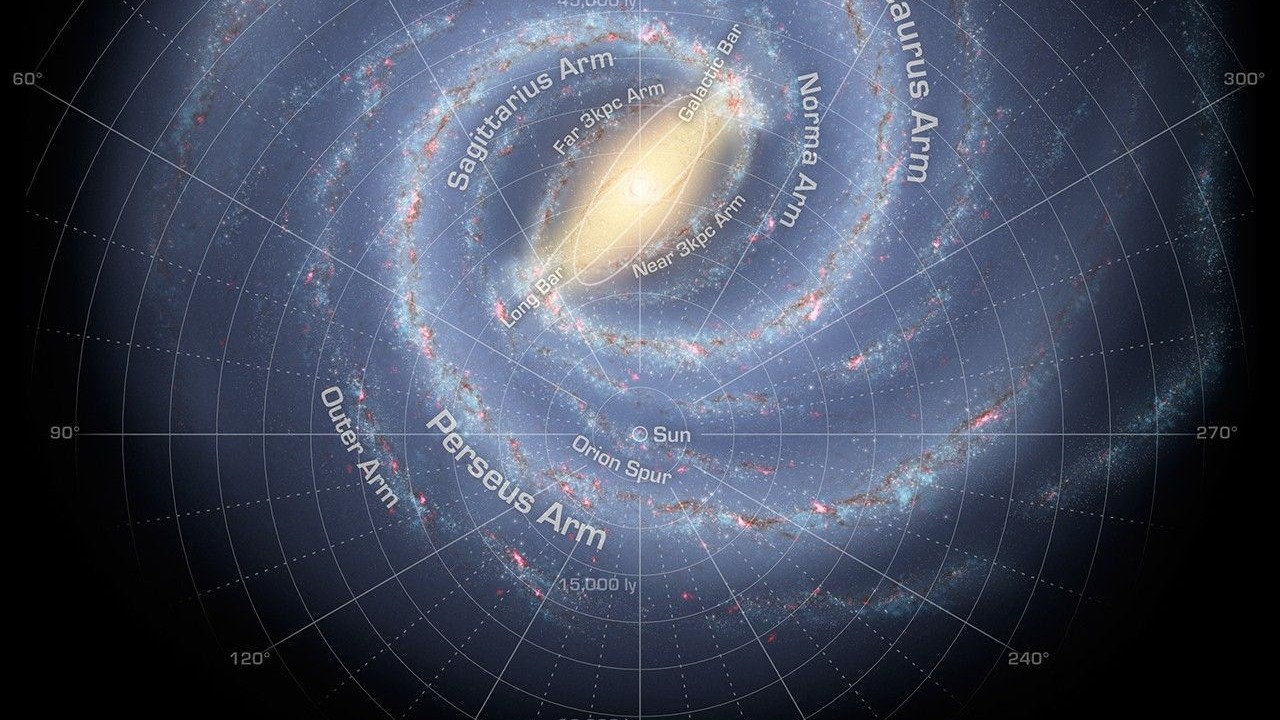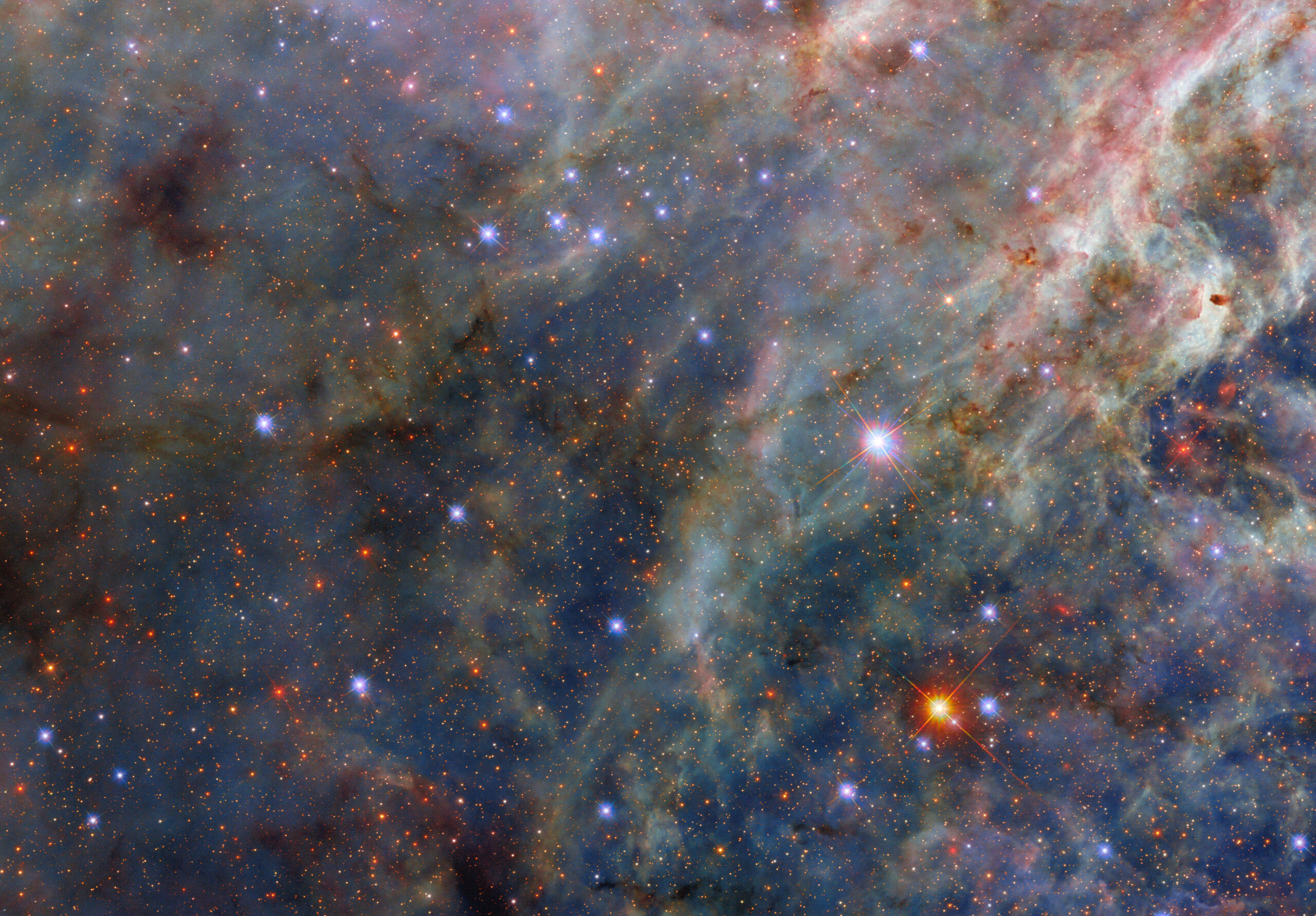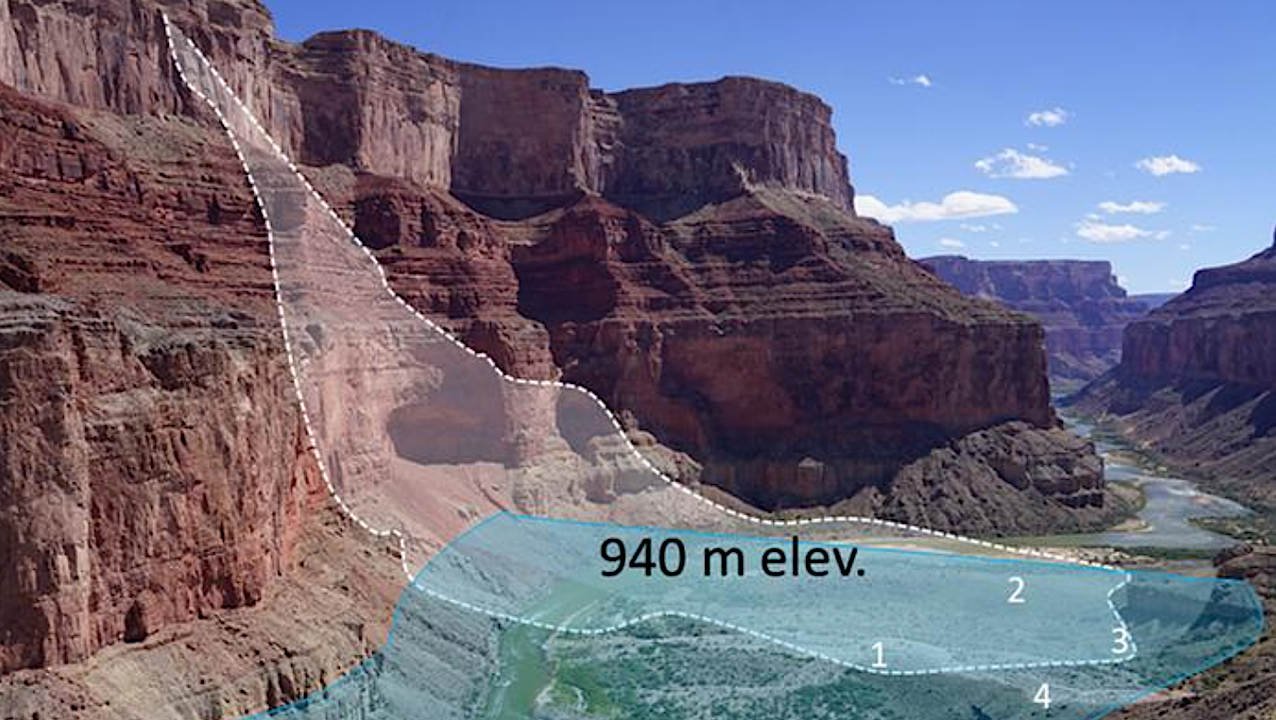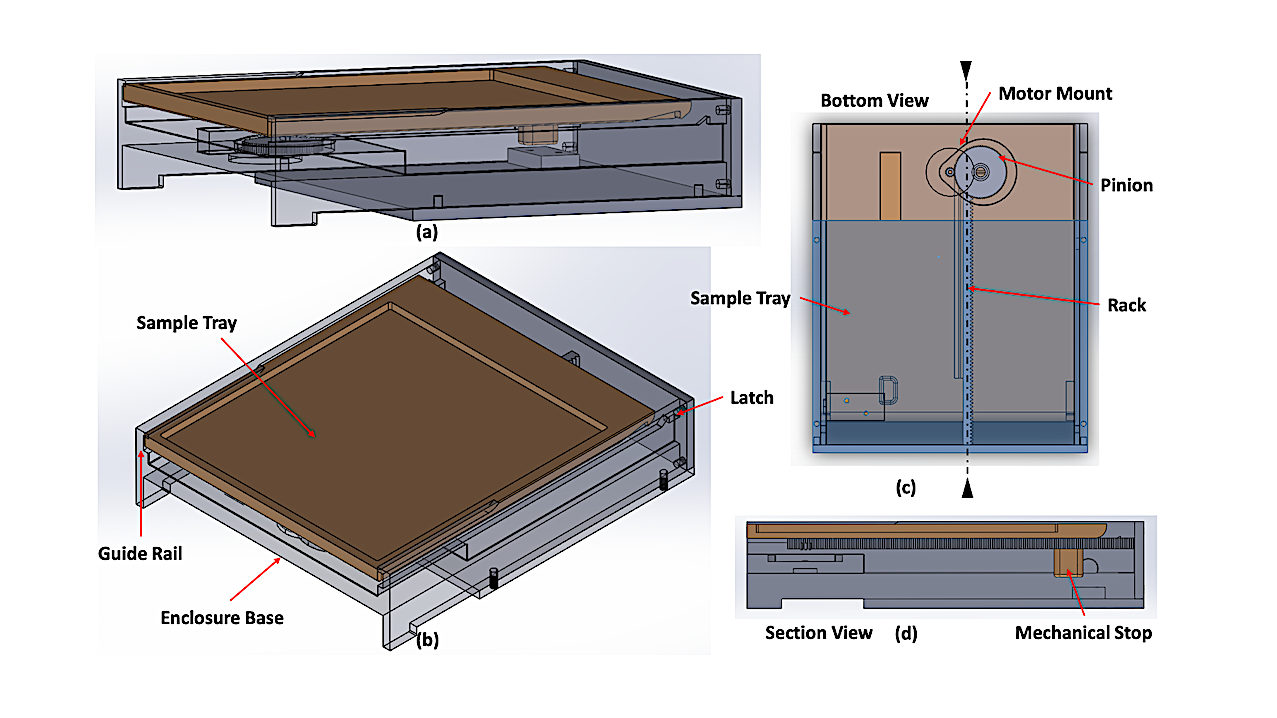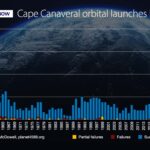Keith Cowing Explorers Club Fellow, ex-NASA Space Station Payload manager/space biologist, Away Teams, Journalist, Lapsed climber, Synaesthete, Na’Vi-Jedi-Freman-Buddhist-mix, ASL, Devon Island and Everest Base Camp veteran, (he/him) 🖖🏻 Follow on
Hot Posts417- Page
Scientists have been able to recreate the extreme conditions found on icy moons in deep space—and revealed the unstable behavior of water.
Head away from city lights in late July to see the dense core of the Milky Way arcing towards the southwestern horizon against a blissfully dark sky as the waning
Recently, the Hubble Space Telescope caught this stunning image of the Tarantula nebula, the largest and brightest stellar factory in the Large Magellanic Cloud — a dwarf galaxy orbiting our
Conceptualization of Nankoweap landslide that brought down large boulders of Kaibab Limestone from the cliffs at left and created a geologically short-lived paleolake in Grand Canyon. Credit Karl Karlstrom Geology
A new study led by researchers from the Yunnan Observatories of the Chinese Academy of Sciences has developed a neural network-based method for large-scale celestial object classification, according to a
Save $300 on the Nikon Z8, our best mirrorless camera for astrophotography. It also features as our best overall camera in our best cameras guide. We think it’s great for
Current mechanical design of SAMPLE. (a) Isometric view of the complete mechanical assembly, illustrating the spatial configuration of the internal components. (b) Isometric view, emphasizing the key structural elements: the
Stars are the fundamental building blocks of our universe. Most stars host planets, like our sun hosts our solar system, and if you look more broadly, groups of stars make
Artistic impression of the Proxima Centauri system, with the planets Proxima b and Proxima d, the latter confirmed by NIRPS. Credit: Gabriel Pérez Díaz (IAC) The new infrared spectrograph NIRPS,
-
 012024 in Review: Highlights from NASA in Silicon Valley
012024 in Review: Highlights from NASA in Silicon Valley -
 02Panasonic Leica Summilux DG 15mm f/1.7 ASPH review
02Panasonic Leica Summilux DG 15mm f/1.7 ASPH review -
 03How New NASA, India Earth Satellite NISAR Will See Earth
03How New NASA, India Earth Satellite NISAR Will See Earth -
 04And Thus Begins A New Year For Life On Earth
04And Thus Begins A New Year For Life On Earth -
 05Astronomy Activation Ambassadors: A New Era
05Astronomy Activation Ambassadors: A New Era -
06SpaceX launch surge helps set new global launch record in 2024
-
 07Space Force plans new ‘Futures Command’ amid pressure to speed up modernization
07Space Force plans new ‘Futures Command’ amid pressure to speed up modernization


